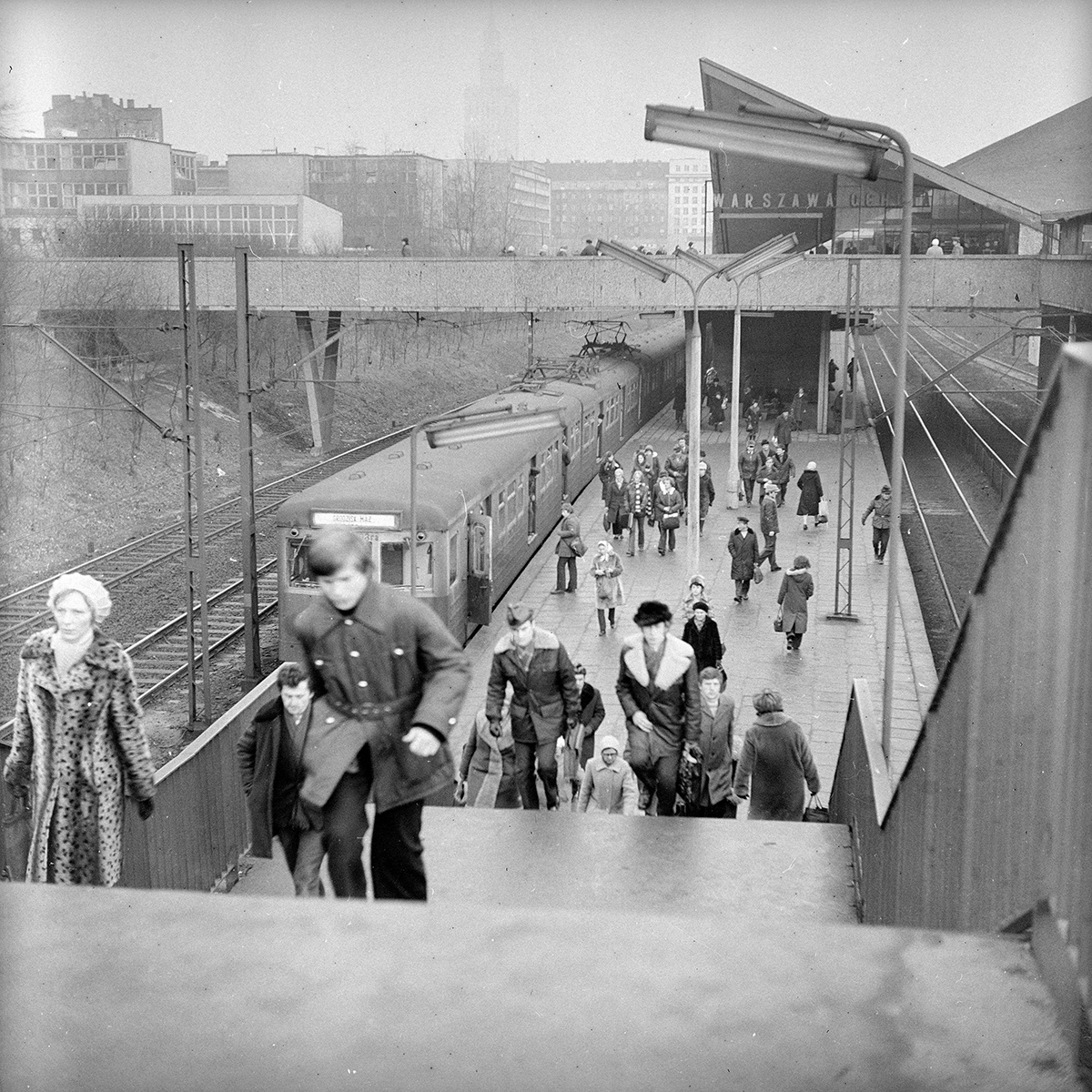February 9th marks the 16th anniversary of the death of Arseniusz Romanowicz, an architect that transformed Warsaw’s transport network…

February 9th marks the 16th anniversary of the death of Arseniusz Romanowicz, an architect that transformed Warsaw’s transport network…

Born in Hrubieszów in 1910, Romanowicz’s pre-war career promised much – at the age of 28, he co-designed the Polish pavilion for the World Exhibition in New York. Indelibly though, it is his designs for Warsaw’s train stations that have stood the test of time. Credited with the stations at Powiśle (a “pearl on rails” it was described by some), Ochota, both Śródmieście staions, Stadion, Wschodnia and Ursus Północny, his designs were inspired by the times – in some works, such as Powiśle, it’s apparent how he was influenced by the Soviet Union’s forays into space.


However, it is for the Central Station he will forever be known. “This project was my whole life, the result of many years of study. I experienced something that many artists can only dream of – seeing the implementation of my ideas.” Opened in 1975, and built using almost all of Poland’s entire annual supply of granite, the station was considered so ground-breaking that people would come from far and wide to admire the structure – replete with Swiss automatic doors, Italian clocks and American escalators, it was declared “the most beautiful landmark in our Socialist fatherland.”
Since then, his work has been heavily scrutinised and, for a time, faced no shortage of criticism. Tellingly, dissenting voices have subsided as more and more stations have been renovated and restored to their sparkling best. A unique product of their time, Romanowicz’s sometimes bizarre bastions are a glorious throwback to post-war Poland’s brave, new world.

